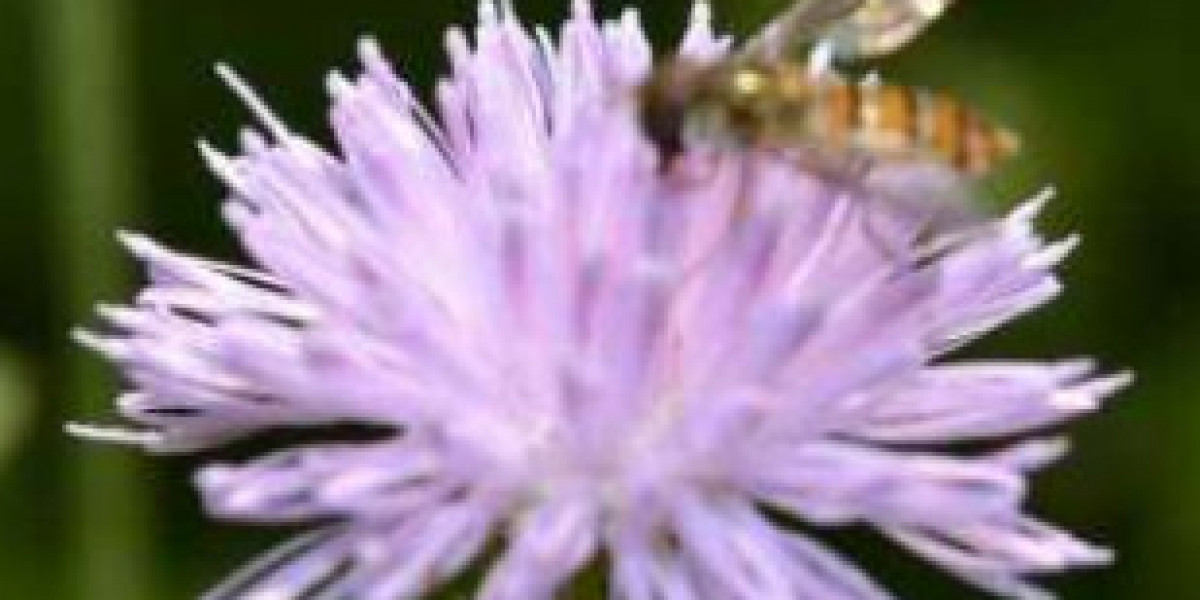jatropha curcas integerrima is a perennial evergreen shrub from the genus Jatropha and is typically trained to grow as a little tree.
J. integerrima is native to the West Indies, Cuba, and Hispaniola and is a Jatropha species of flowering plants in the spurge household, Euphorbiaceae.
Other than its botanical name, you may hear this evergreen shrub called by its typical names, consisting of:
- Spicy Jatropha
- Firecracker tree
- Peregrina
- Chaya
Jatropha Integerrima Quick Care Tips
Botanical Name: jatropha curcas integerrima
Common Name( s): Peregrina, Spicy jatropha curcas, Firecracker tree, Chaya
Synonyms: jatropha curcas pandurifolia, Jatropha hastata
Pronunciation: Jat-ROE-fuh in-teh-GAIR-rih-muh
Family & Origin: Euphorbiaceae household, belonging to the West Indies, Cuba, and Hispaniola
Growability: Easy to grow
Grow Zone: USDA zones 10 and 11
Size: Can mature to 15 ′ feet high and large
Flowering: Blooms red, pink, or white flowers from late summer season up until early spring
Light: Full sun to partial shade
Humidity: High level of humidity of 70% to 90% percent
Temperature: Between 75 ° to 90 ° degrees Fahrenheit Soil: Well-draining soil Water: Water regularly, however enable the soil to dry out in between waterings Fertilizer: Feed with a weak dilution of general-purpose houseplant fertilizer throughout the growing season Pests & Diseases: Can be prone to leaf miners, plant scale, and termites; may establish root rot if overwatered Propagation: Propagate through stem cuttings or seeds Plant Uses: Can be used as a hedge, accent plant, or yearly container plant. The seeds can also be used to produce biodiesel.
jatropha curcas Integerrima Quick Care TipsJatropha Integerrima CareSize and GrowthFlowering and FragranceLight and TemperatureWatering and FeedingSoil and TransplantingGrooming and Maintenance How To Propagate
Spicy Jatropha?Peregrina Pest or Disease ProblemsIs Integerrima Peregrina Toxic or Poisonous?Is Peregrina Spicy Invasive? Suggested Uses for Firecracker Tree Jatropha Integerrima
Care Size and Growth This tropical evergreen has a moderate growth rate and rises to 15 ′ feet high and
large. If you do not prune it, it produces several trunks with slim stems. The basic green leaves grow in an
rotating plan along the stems. Leaves are oblong and grow to a length
of 4 ″- 8 ″ inches. Flowering and Fragrance Year-round, the Firecracker
tree blooms quite red, pink, or white flowers from late summer up until early spring that bring in hummingbirds
. They are also really appealing to a broad range of butterflies, including:- Zebra Long Wings -Swallowtails -Monarchs The star-shaped 1 ″ inch wide deep red
flowers with yellow stamens are kept in branched clusters on 4 ″ inch-long stalks around shiny green foliage.
Light and Temperature Like its cousin
jatropha curcas podagrica( buddha tummy plant) Integerrima grows finest in USDA strength zones 10 and 11. Full sun to partial shade setting will produce the most flowers.
The ideal temperature levels for this plant range in between 75 ° to 90 ° degrees Fahrenheit. It's a great concept to cover the plant if cold temperatures are anticipated.
Integerrima performs finest in full sun frost-free locations but will grow in partial shade. Watering and Feeding This plant's both upkeep and drought-tolerant

. Water routinely throughout the growing season and less throughout the dormant season
. Provide a weak dilution of general-purpose houseplant fertilizer throughout the growing season.
Soil and Transplanting Firecracker Jatropha is simple to care for when it's established. It
's extremely tolerant of a wide variety of soil pH levels so long as the soil is well-drained.
Plant young plants in well-draining soil; this plant is not tolerant of salt. It's not a good
choice for the beach or beach
setting. Grooming and Maintenance Prune Spicy Jatropha to manage its development
and guide the form it takes. If you enable it to grow free-form, it will become an intriguing, wide bush or multi-trunk tree. How To Propagate Spicy jatropha curcas? Spicy Jatropha propagates from seed or cuttings. To grow from seed:- Prepare the seeds by soaking them in warm water for 8 hours before planting.
- Plant directly into the soil outdoors in a bright area.

- The soil needs to consist of equal parts of sand, garden soil, and aged manure.- Don't bury the seed deeply. Instead press it into the surface of the modified soil.- Water often( 2 times daily) for the
first week.- Shoots must
appear within 6 days.- Reduce watering to daily till the seedlings are prepared to be transplanted. This should take a number of months. To plant from cuttings:- You'll need fully grown tree-producing shoots. -Cutting must be taken from the base of the tree, be at least 18 ″ inches long and have a minimum of 4 nodes.- Put the cutting into a container of wet sawdust, coco core, or peat moss in a sheltered setting such as a planting tunnel or greenhouse. -You need to keep the cutting warm between 77 ° -86 ° degrees Fahrenheit (25 ° C- 30 ° Celsius) with a high level of humidity of 70
% to 90% percent.- Keep the
planting substrate moist but not filled.
The cutting must start developing roots within 7- 10 days. Peregrina Pest or Disease Problems For the most part, jatropha curcas is hassle-free. Compromised plants may go through predation by leaf miners, plant scale, and mites. Is Integerrima Peregrina Toxic or Poisonous? Every part of the Spicy jatropha curcas is toxic if eaten. Don't include this plant to your landscape if you have pets or children. Avoid Firecracker's white, milky sap.
It's very irritating to the skin and is destructive if it makes contact with your eyes.







